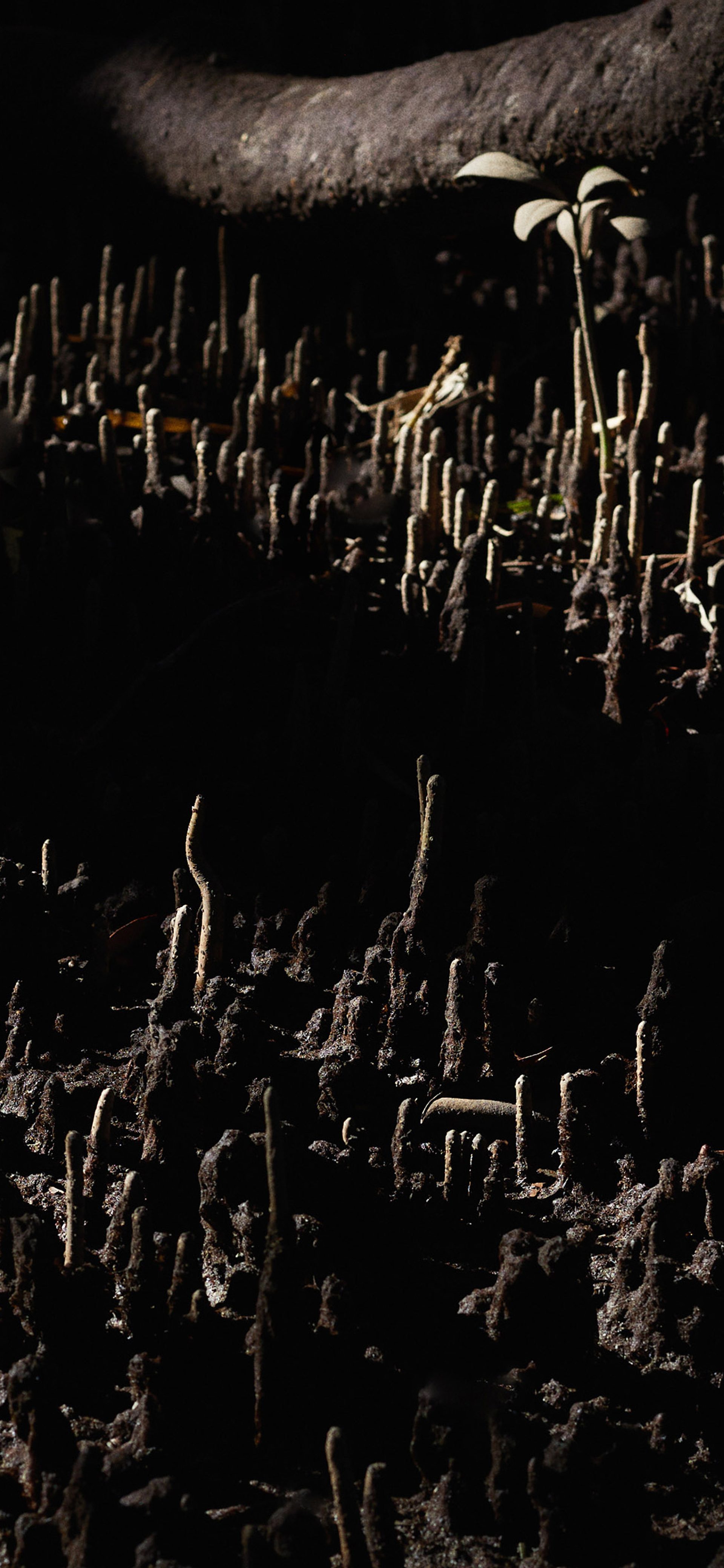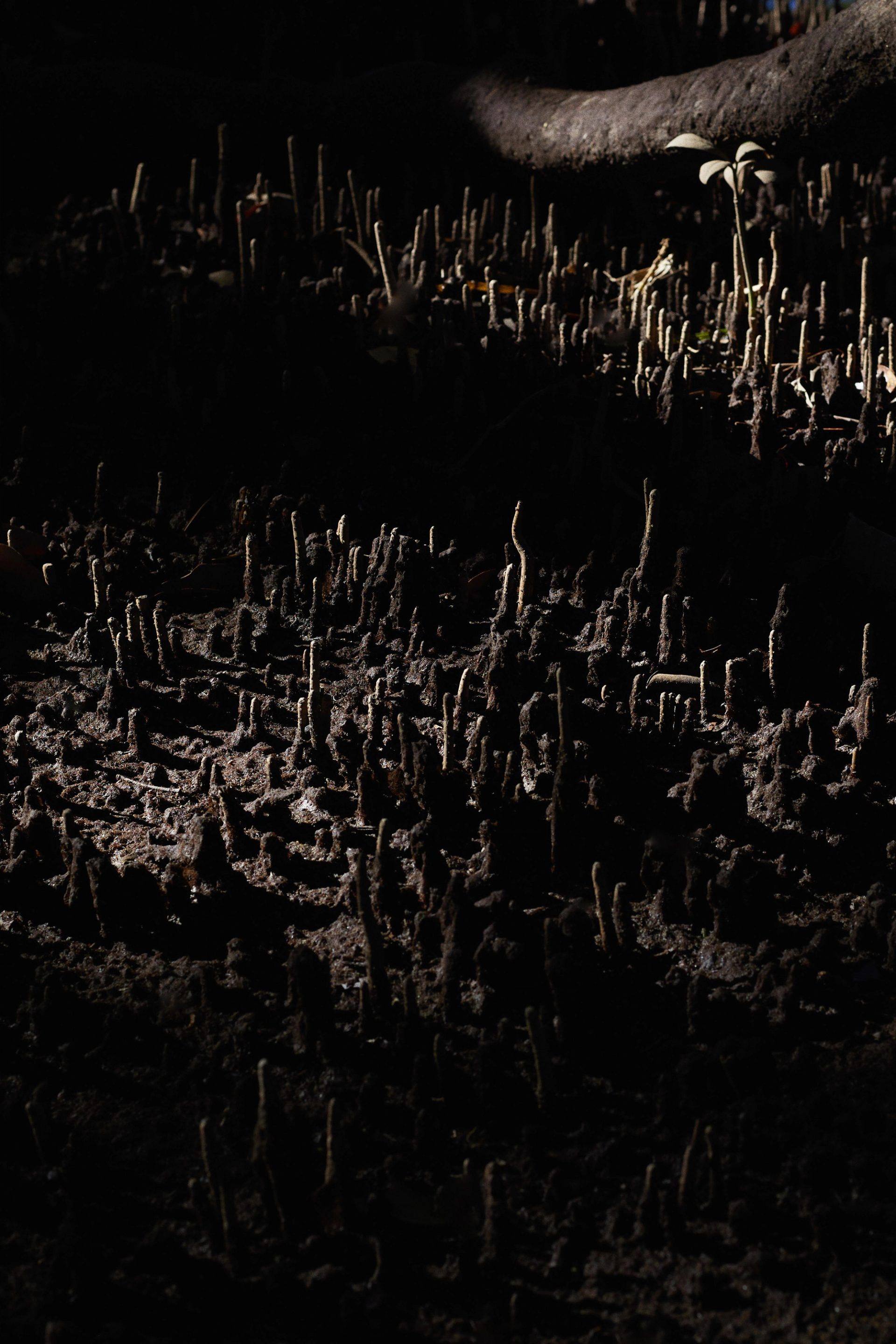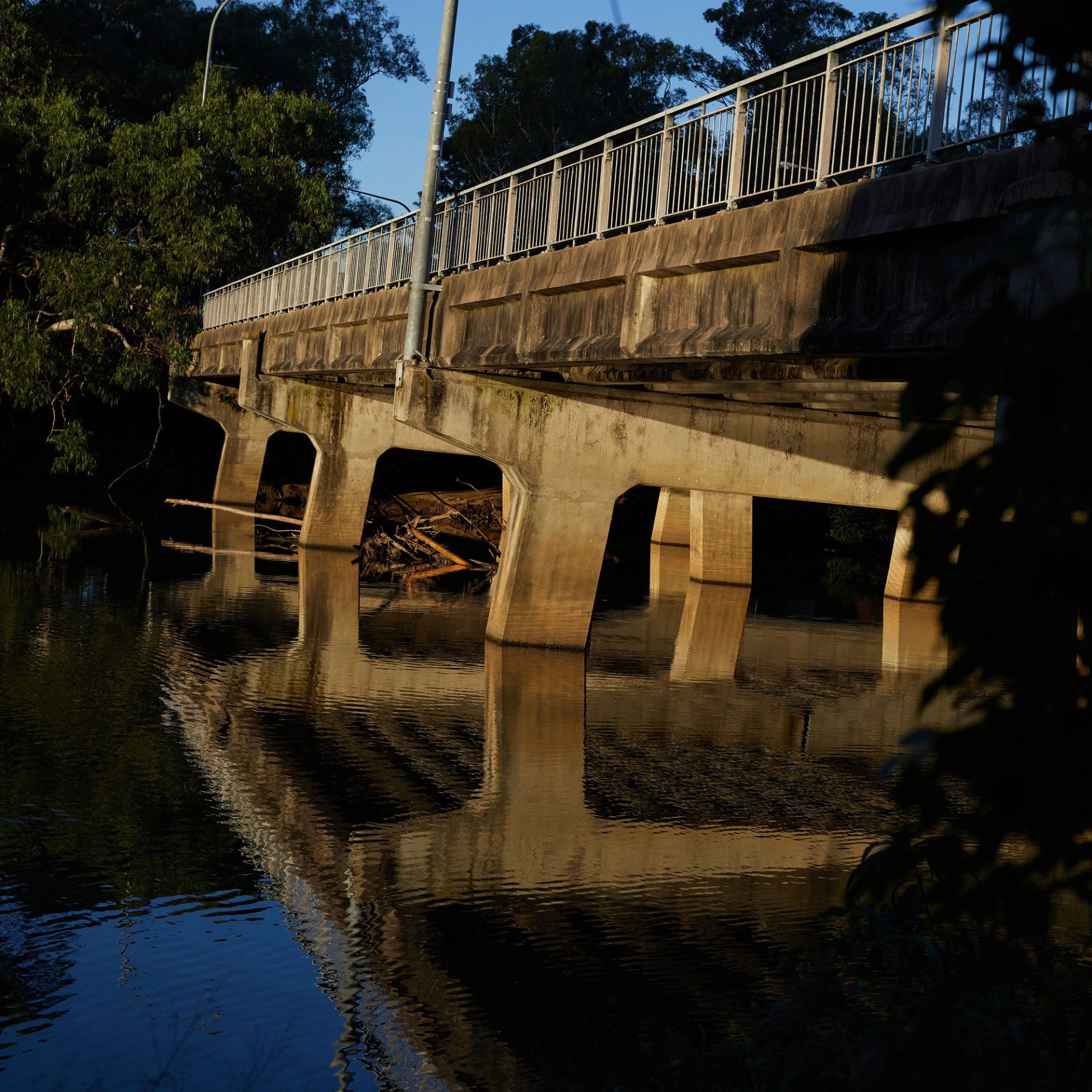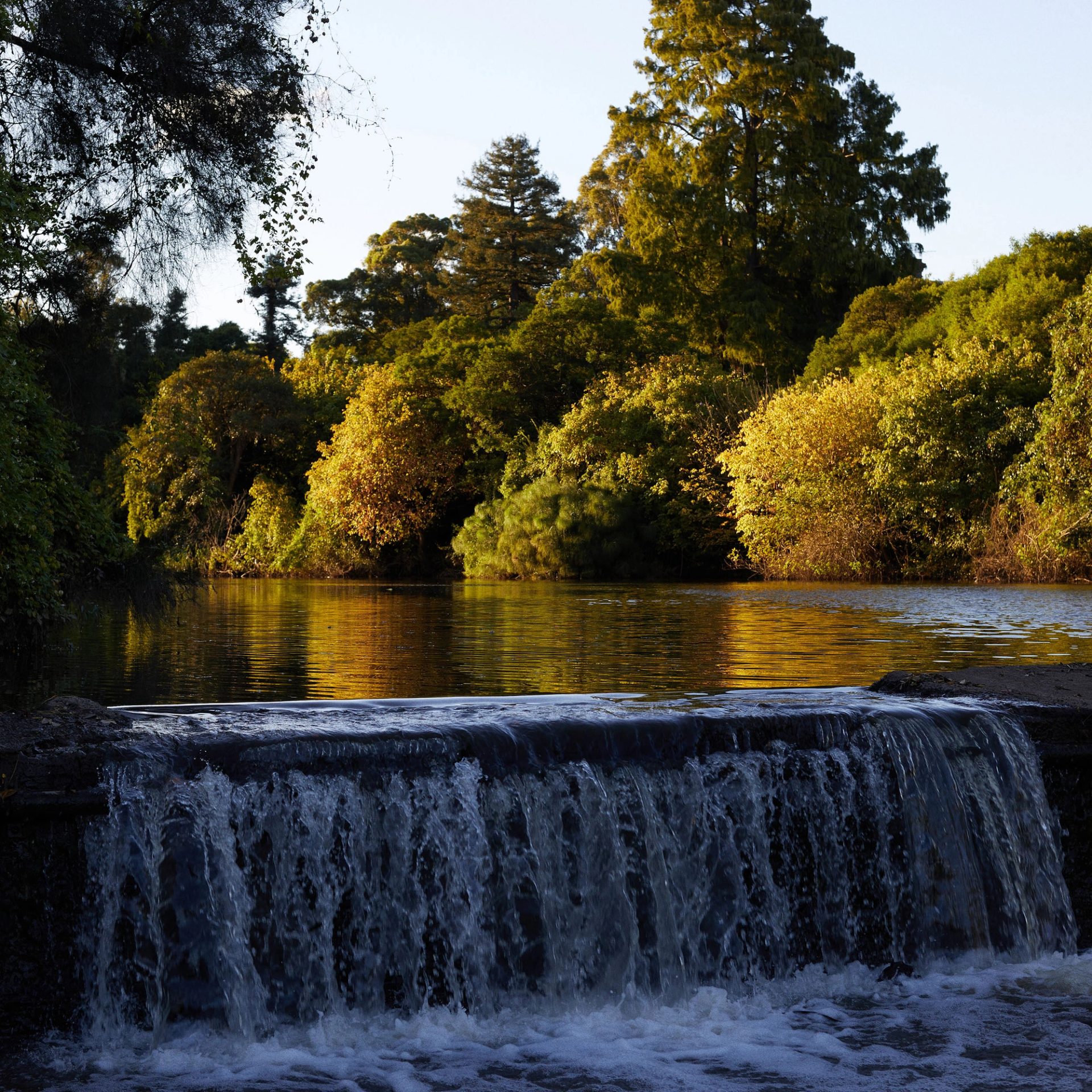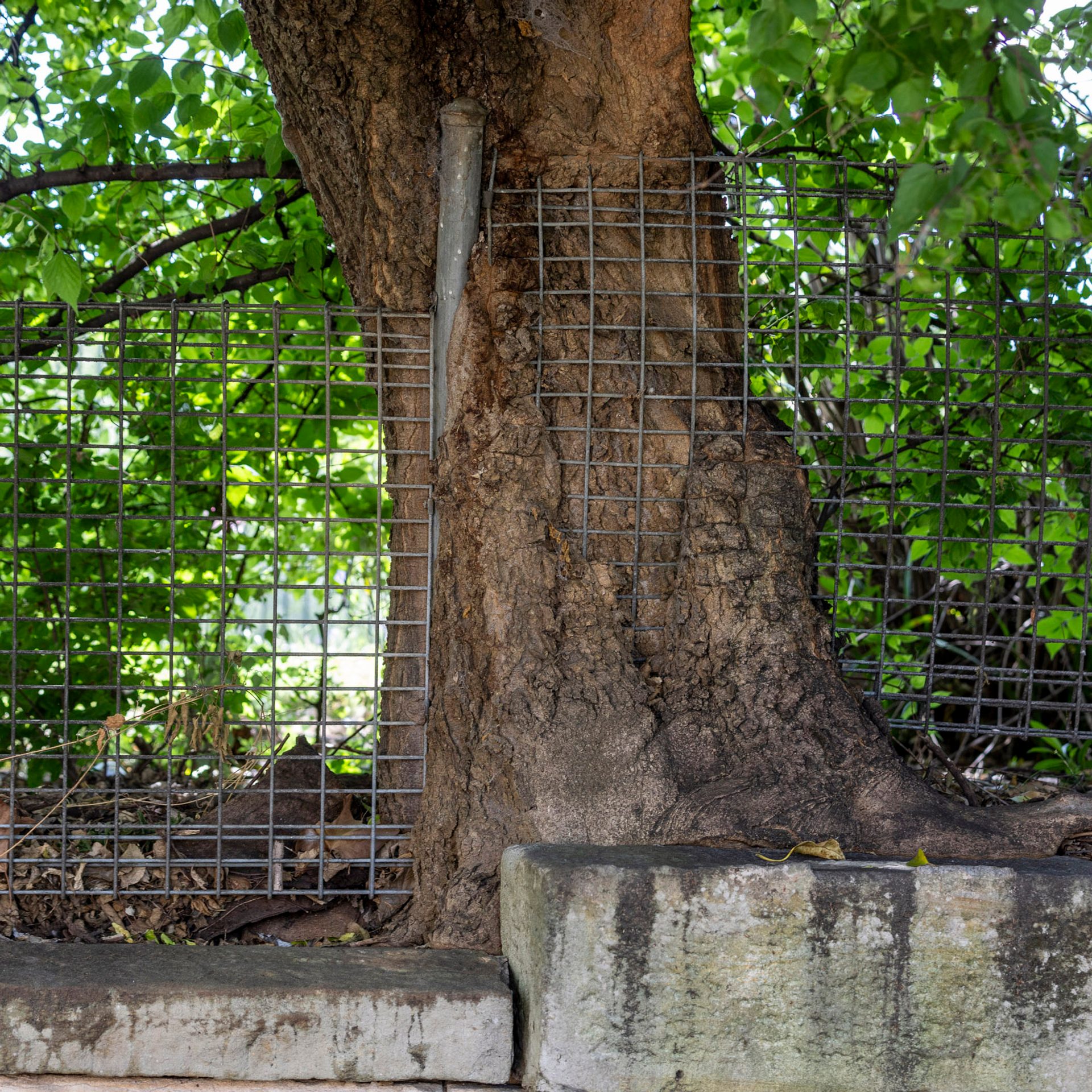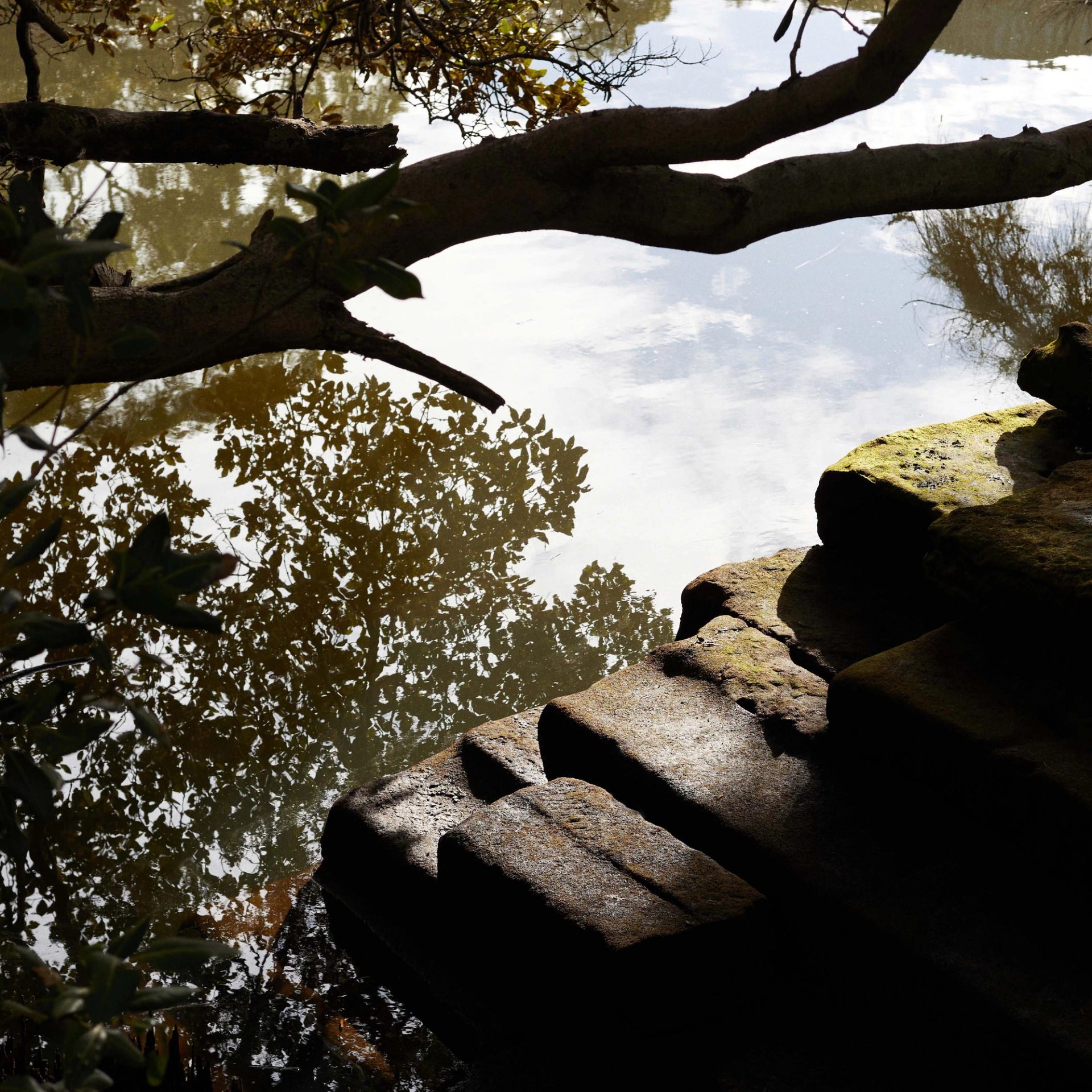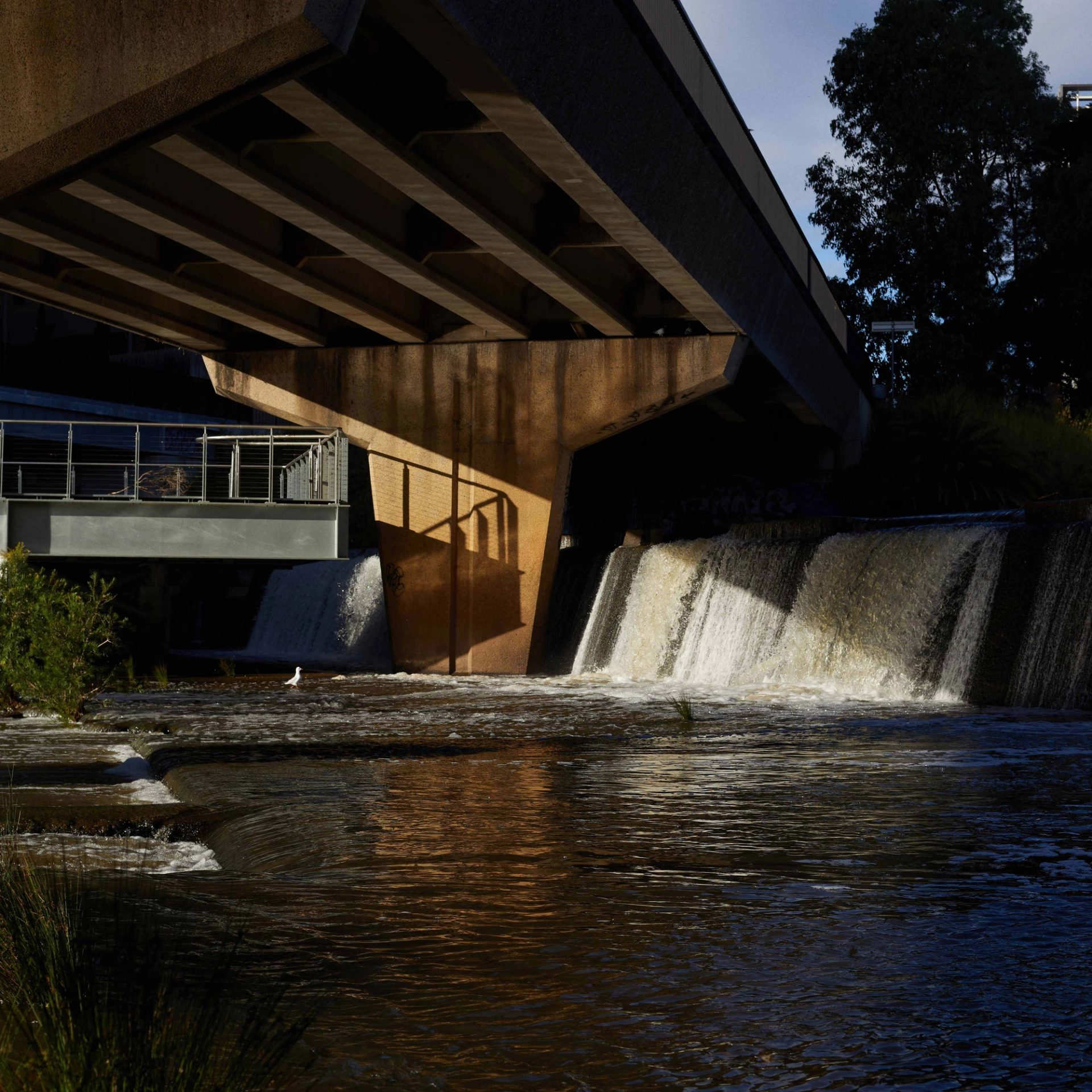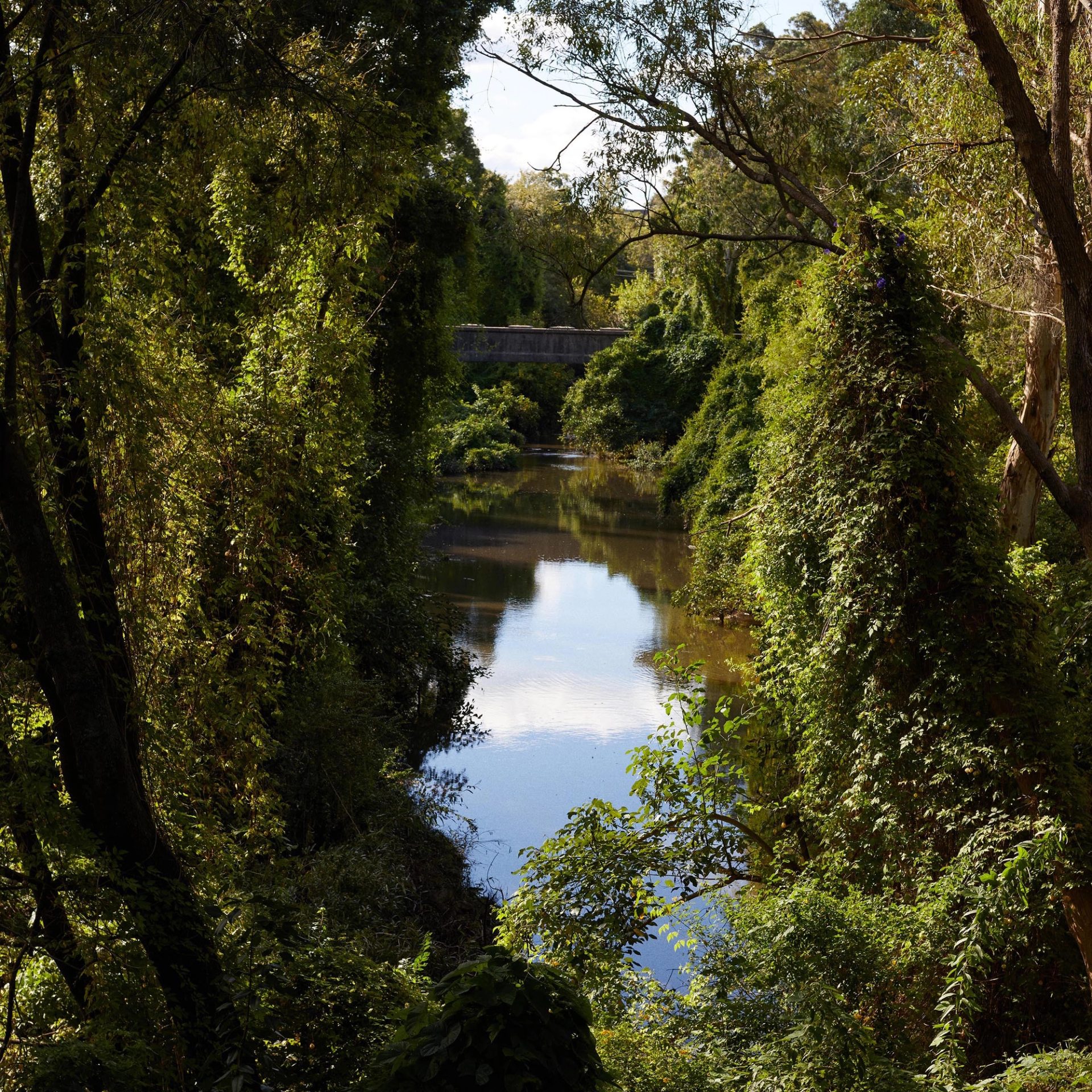To Notice a Mangrove

Felicity Castagna was engaged by Powerhouse as the commissioning editor and a contributor to The River, a series of new writing and photography responding to the landscape, communities and histories surrounding the Parramatta River.
To Notice a Mangrove
The Parramatta River is where the saltwater meets fresh. It is hard to introduce the subject without introducing the place and also without saying that this is my river: That I live here and feel it and know it and also that I know it has never really belonged to me and that I know no collection of words, no collection of writers, will ever be able to capture what it means to be here.
Every day I walk on the paths between the mangrove forests that line the river and the fences that try to contain all the new buildings and all their steel and glass and concrete and the men in hard-hats who hold the whole city of Parramatta in a kind of strangulated rapture.

To be clear, I’m not a mangrove person, I’m a building person – this is all a way of saying that I lie in my bed at night and the view out my window is one of the endless cranes that line the river and their blinking lights, and the metal skeletons of buildings and I find the great, gritty machinery of the city a sublime and compelling dreamscape.
And that makes me forget that the mangroves have been sitting here in the soft sticky mud for over 15,000 years. But I’m trying to notice it more, all of the details of this place I live in, I’m trying to suck it in through my skin so that they will always be a part of me.
Some days I take a short walk down the river from my house to the university where I teach students to write about place. ‘It’s the writer’s job to teach the reader how to notice the world around them.’The same words are always traveling from my heart to my mouth, ‘find the ordinary details that teach us extraordinary things’.
I take my students away from the fluorescent lights and the coldness of white-walled classrooms and we sit in the buttery light on the riverbank because I’m trying to teach them to notice. I ask them to write lists of the small details they see. Bridges. Cement. Factories. Trees. The froth on the water.
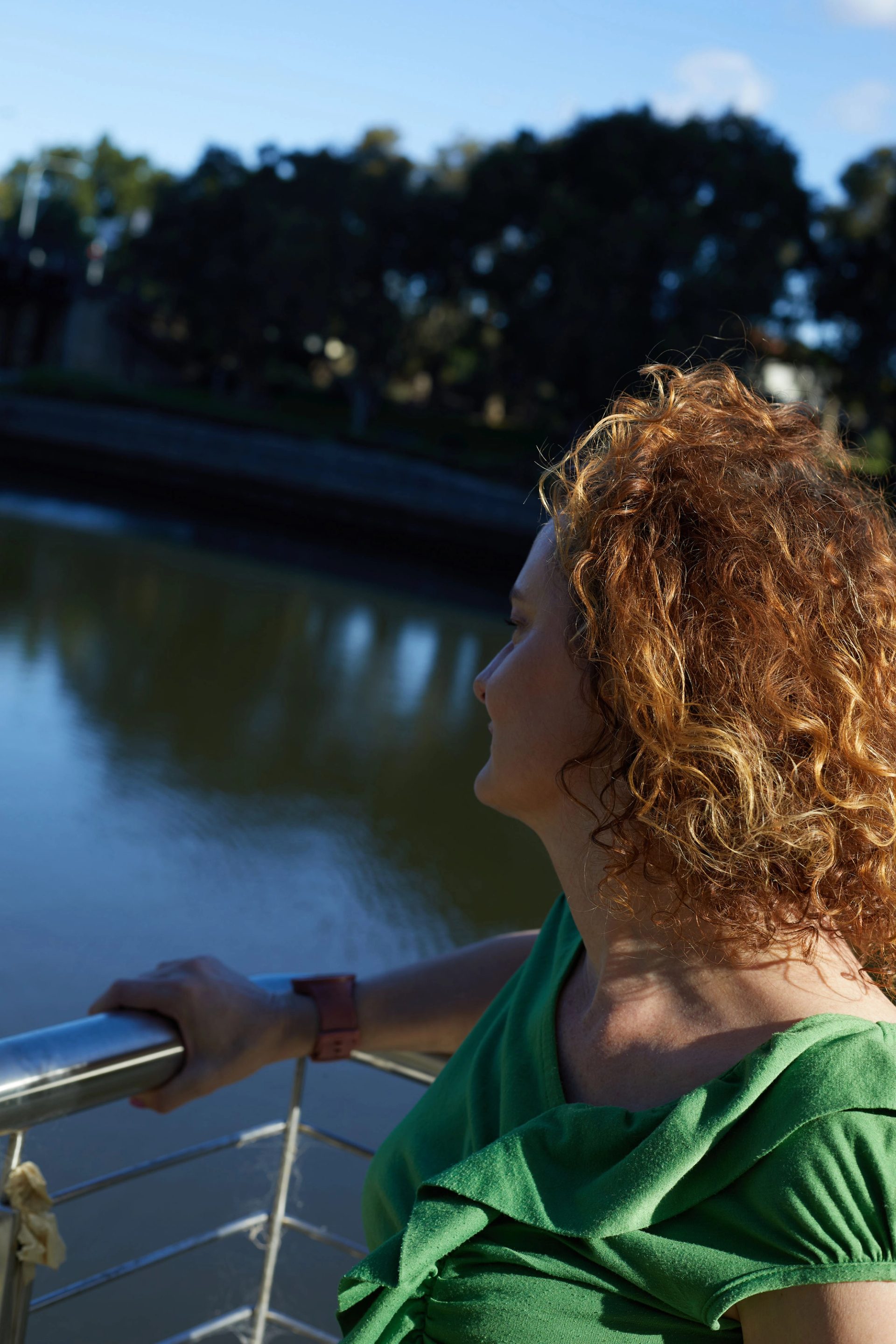
‘Not trees. Not factories. It’s not specific enough,’ I say. ‘Mangroves. The Rheem Factory. Write it down. Find the most specific detail.’ I make them do the task over and over again until they start to find the right details – until they grow bored and restless because they want to write the stories of big things like war and falling in love, of mass movements of people around the world, of ambition and desire. They don’t yet believe me when I tell them that the big stories are in the small specific details: That the big stories about who we are and what makes us human are waiting there in the right image – in the native plants on the river that are being coaxed back to life by First Nations and conservation groups and the streets that bear the names of the white men who came here over 200 years ago from the other side of the world and stopped because their boats could go no further inland.
I spend hours on the phone talking to potential contributors for The River series and we pull all the details of this river from deep inside each other’s bones. They tell me this place is the factory workers who sit on upturned milkcrates by the river dreaming of other rivers in other places. It’s the carp that people release into the water during festivals that eat up all the native fish. It’s a marketplace where First Nations communities exchanged goods and fed each other and lived before any white man or their boat ever got here. It’s the bicycles thrown into the river by teenagers who’ve had too much to drink on its banks. It’s someone’s grandmother singing a lullaby as they do their nursing rounds at Cumberland Hospital. It’s the place you move to when you should have been in Paris but this riverbank will do for now.

This river is a real thing but it is also a story we tell ourselves, and stories are hard to pin down and explain in any logical manner. The thing about telling the story of a place, I tell my students, is that you need to find the details which are packed so tight that when you put them down they explode and scatter across a page until they are bigger than themselves.
On this river there are the mangroves and the Rheem Factory and Lennox Bridge and all the people chanting as they walk down the river because one team is about to play another team at the stadium that’s recently landed like a giant spaceship. There are the women in neon pink spandex who run down the river and the kids who play hopscotch like it’s 1989 again. And of course there are the bodies buried everywhere here: Bodies from the asylums that used to line the river, bodies that fell from boats, bodies from the orphanages and prayer houses and whore houses of yesterday and tomorrow. Sometimes they stick their bony hands up from the gaps in the pavement and give my ankles a good tug before letting go.
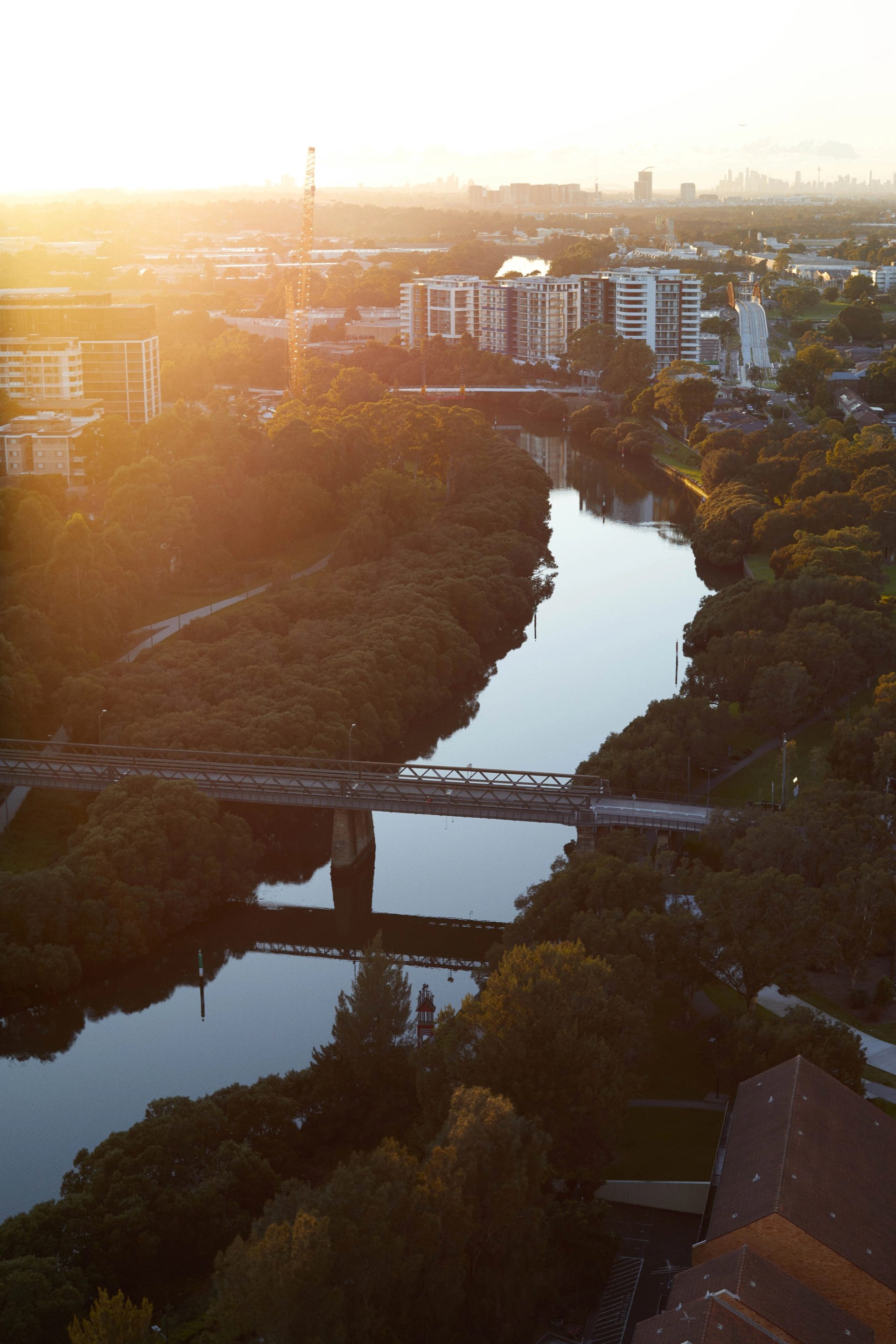
And I’m thinking again about the mangroves because they’re the part of the story of this place that everyone seems to miss. Down in the mangroves things feel prehistoric and sanguine and human and it smells like rotting fish and crabs and frogs side-swipe one another running from the Godwit birds that fly in from the Arctic every summer. The mangroves don’t fit easily into any story of any city but they are able to tell its story. Mangroves absorb and store both the chemical and organic matter in the rivers they live in – sometimes they repel it, like they do when the river becomes too saline and they excrete salt granules that sit on their leaves and glint in the sun. They give birth, like we do, to live young called propagules, which are basically mini versions of themselves thrown out into the water to land and grow somewhere else, their bodies holding the DNA that tells the story of their parents and their parents before them and time itself.
Life in this emerging city is a complex, layered story that is written into the bodies of the mangroves themselves. In their bodies is the record of the dioxins that were released into the river from the Union Carbide factory that produced Agent Orange here for the war in Vietnam. In the bark of those mangroves is the skin of swimmers from the 20 baths that existed along the river at the end of the nineteenth century. The chloroform in mangrove leaves and their winding, bending arcs of branches and roots can tell us when the buildings blocked the light and when they let it through – where things stood, where things were torn down.
Now, when the river floods the shopping trolleys get caught among the same branches that First Nations peoples would have secured canoes made from their branches during storms.The story of this river is infinite and unyielding. It will push and pull itself onto the page in this collection of works where each author will show us one part of the story of the whole. Every work in this collection is an Adidas shoe left on the riverbank. It’s a handprint in freshly laid concrete. It’s a ferry pulling into Parramatta Wharf. It’s the fish that get left stranded on the riverbank the next time it floods. It’s a mangrove that charts the course of time.
First Nations languages are part of oral traditions that have existed for millennia and do not directly translate into the Roman alphabet, as used in English. Therefore, First Nations languages’ sounds have been interpreted in many different spellings. This means that the same words, including language groups and place names may be spelled in two or three different ways. For this publication, we have privileged the spellings of First Nations words the way the authors have suggested unless advised otherwise by Traditional Owners.
Writer
Felicity Castagna has published multiple award-winning books for adults and young adults. Her latest novel, Girls In Boys’ Cars, received The Victorian and Queensland Premier’s Literary Awards, was adapted for stage by The National Theatre of Parramatta and is now being adapted for screen. She has written multiple works for theatre and major festivals such as The Sydney Festival, The Sydney Opera House and The National Theatre of Parramatta. Her creative non-fiction and responses to literature are published internationally. She is also a lecturer in Creative Writing with The Writing and Society Research Centre, Western Sydney University.
The River
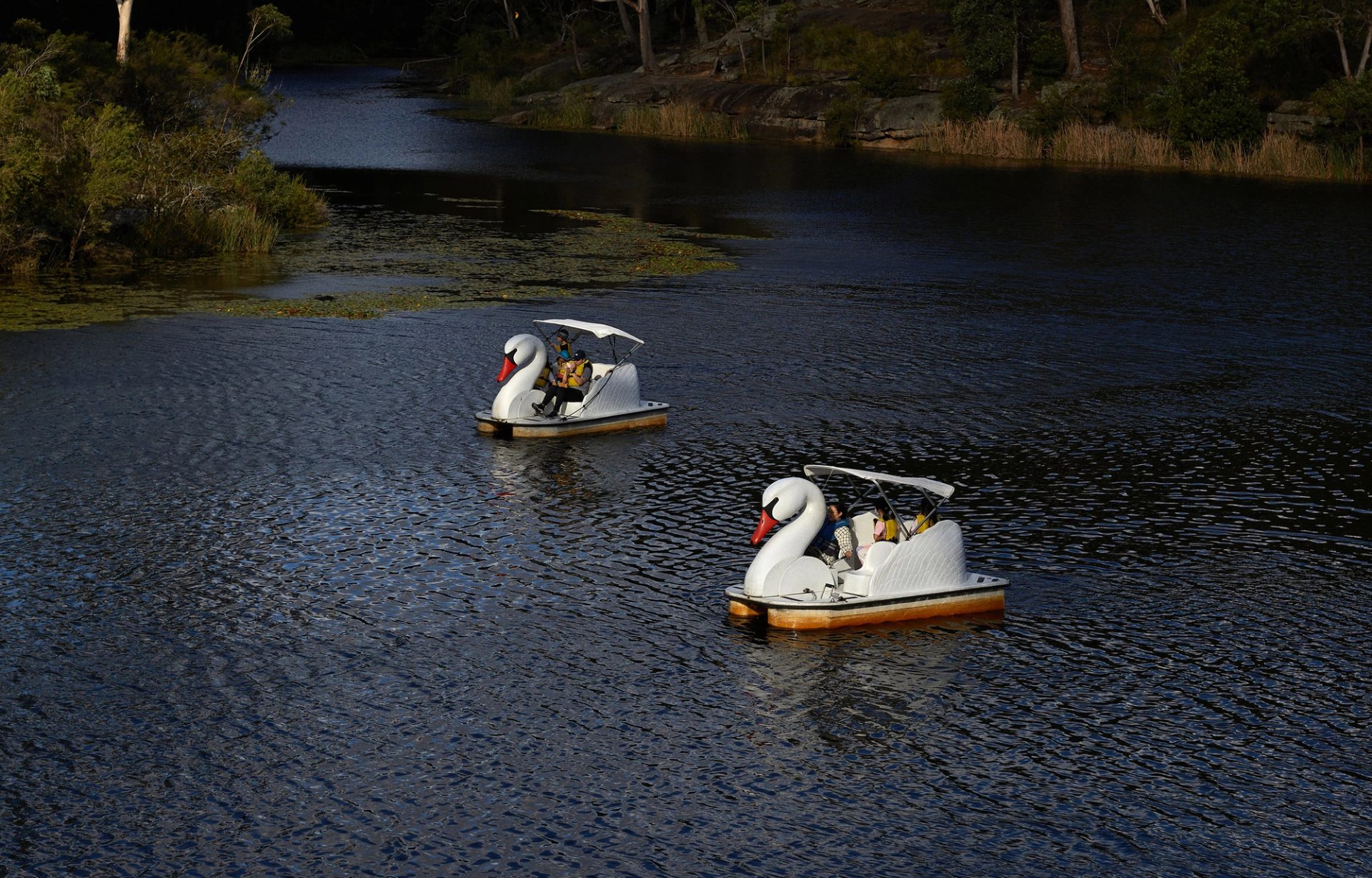
The River is a collection of new Australian writing and photography responding to the landscape, communities and histories surrounding the Parramatta River. Featuring Lachlan Brown, Willem Brussen, Felicity Castagna, Anwen Crawford, Maarama Kāmira, Joseph Mayers, Fiona Murphy, Conor O’Brien, Jiva Parthipan and Vivian Pham.
Writer: Felicity Castagna
Commissioning Editor: Felicity Castagna
Head of Writing, Powerhouse: Jemma Birrell
First Nations Cultural Advisors: Beau James, Nathan Mudyi Sentance
Senior Editor, Powerhouse: Katrina O’Brien
Photos: Conor O’Brien











